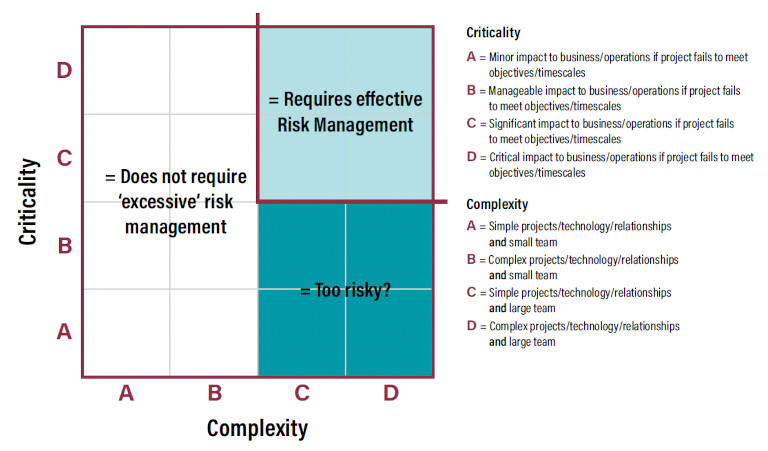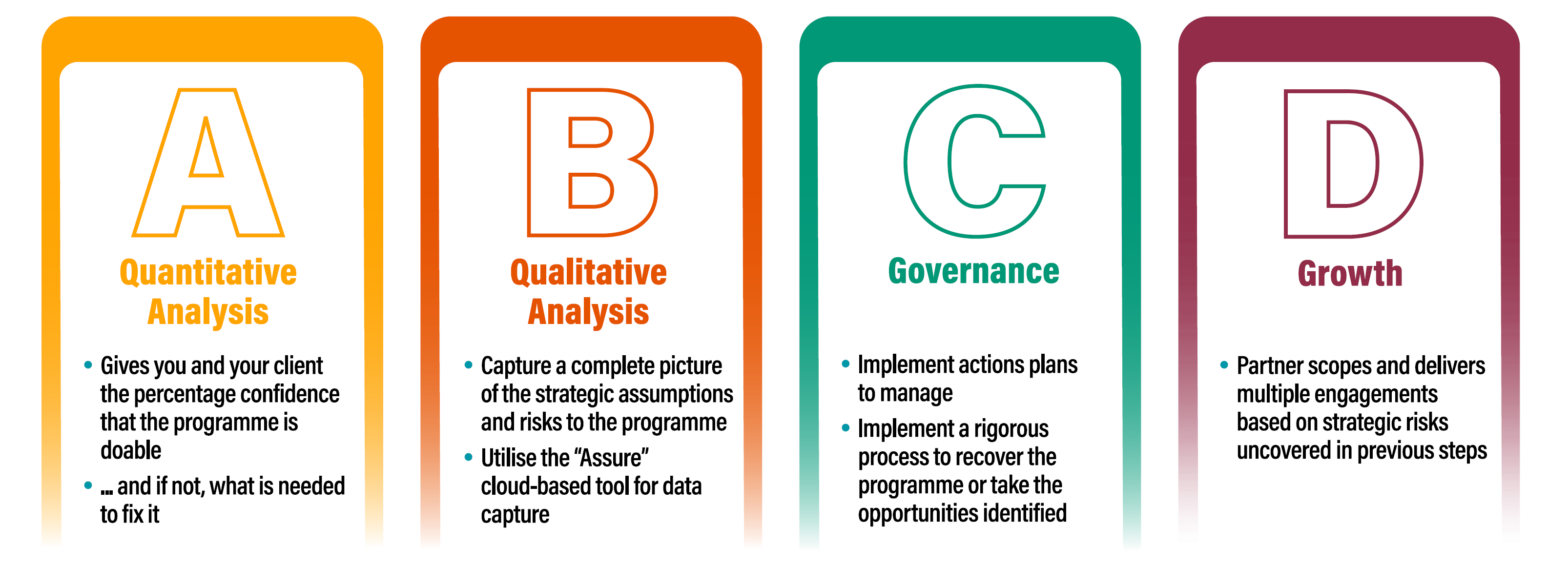Today’s climate is leading more organisations to re-think projects that are not “essential” to core business. How do you ensure that your project is not a victim?
It is inevitable that cutbacks are going to affect many businesses and some of the cost-cutting options will be to reduce the scope, delay or cancel projects that are not deemed critical to the business. Here are some ways to prevent your or your client’s project becoming the victim of budget cuts – for all the wrong reasons.
Firstly, categorise your project holistically
In these times, your project will be naturally measured against factors such as cost-saving potential or regulatory requirements. It is important that you balance these factors with projects that deliver other “positive” benefits such as new product potential or strategic support. Projects are clearly important if they bring cost savings and others will certainly be “in danger” if they relate to new products or services. It is important to balance your project against these types of projects to compare appropriately.
Utilise formal project prioritisation
Using a formal project prioritisation model can help position projects objectively. Using a model based on criticality/complexity helps to build a picture based on project benefits and value, removing, or at least reducing. opinion from the debate.
Criticality focusses on multidimensional benefits, e.g. regulatory requirement, cost saving benefits or new products / services, future benefit realisation. Criticality looks at the “riskiness” of the project and considers such factors as novel technology, team size, geographical distribution of stakeholders and any other factors that might compromise communication, because miscommunication is root-cause of most risk. Plotting a number of projects on the diagram reveals where your project might (honestly) sit relative to “competitive” projects. It is useful to agree collaboratively in a workshop (F2F or virtual) where consensus can be reached by defaulting to the “highest rating” if agreement on one position proves difficult. The more you can refine the criticality and complexity criteria for A, B, C and D, the easier it is to get agreement.
Remember that you are looking at strategic value with criticality so, for example, a new product with high potential profitability could easily “beat” a cost saving project. Don’t forget to include tangible and intangible benefits but explain them clearly. Essentially, criticality must take a truly “strategic” view. For example, a small project that in itself delivers very little, but then naturally leads to a larger and more crucial project, should get a high criticality rating based on the ultimate benefits of the project(s) it enables.

Interpreting the criticality/complexity diagram
If your project is in the top left corner, it is easy to justify and is “safe”. Bottomleft need to be judged on individual merit but bottom right projects are too risky for the benefits gained and should be legitimately “culled”. For projects that fall into the top right, you need to manage the risks and deliver rigorously to ensure that benefits are realised and this is where a rigorous process such as SDA is required to ensure that the underlying risks are identified, quantified and managed appropriately.
What Strategic Delivery Assurance brings to our strategic partners


